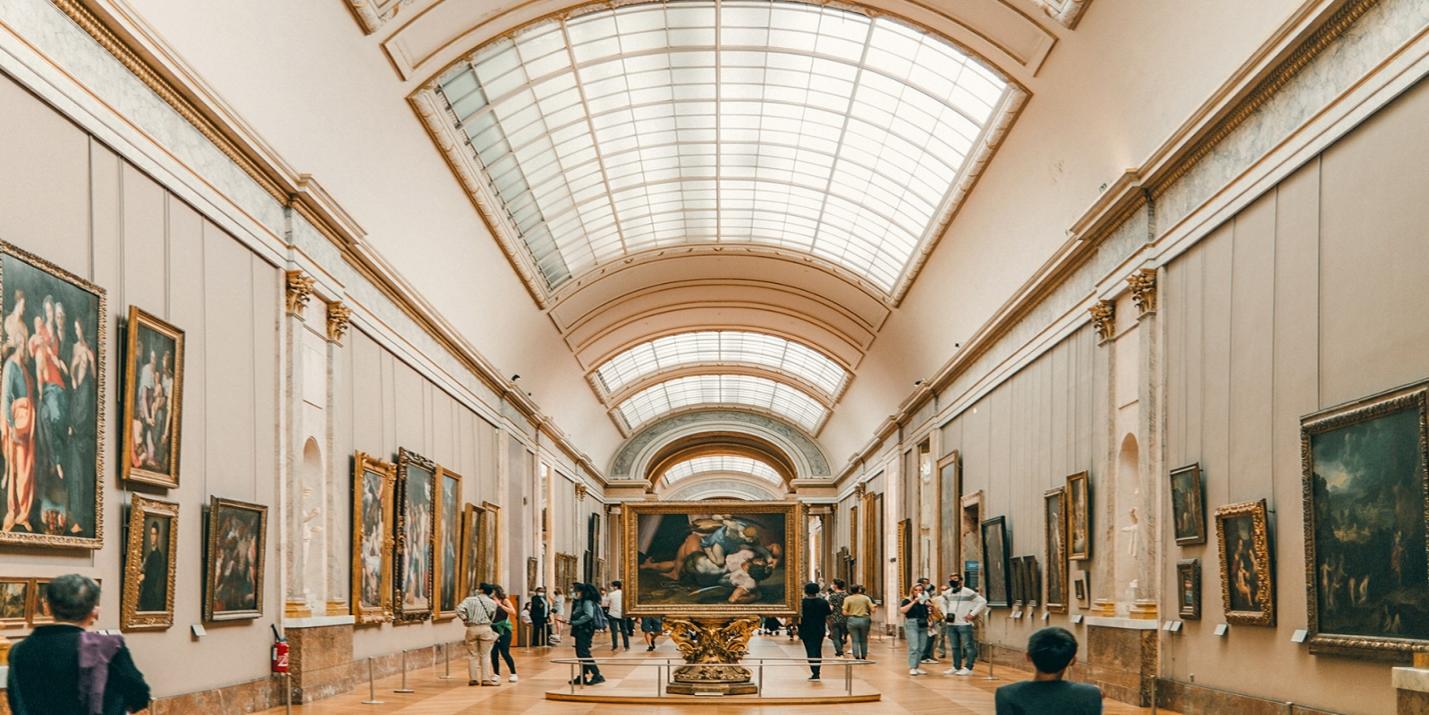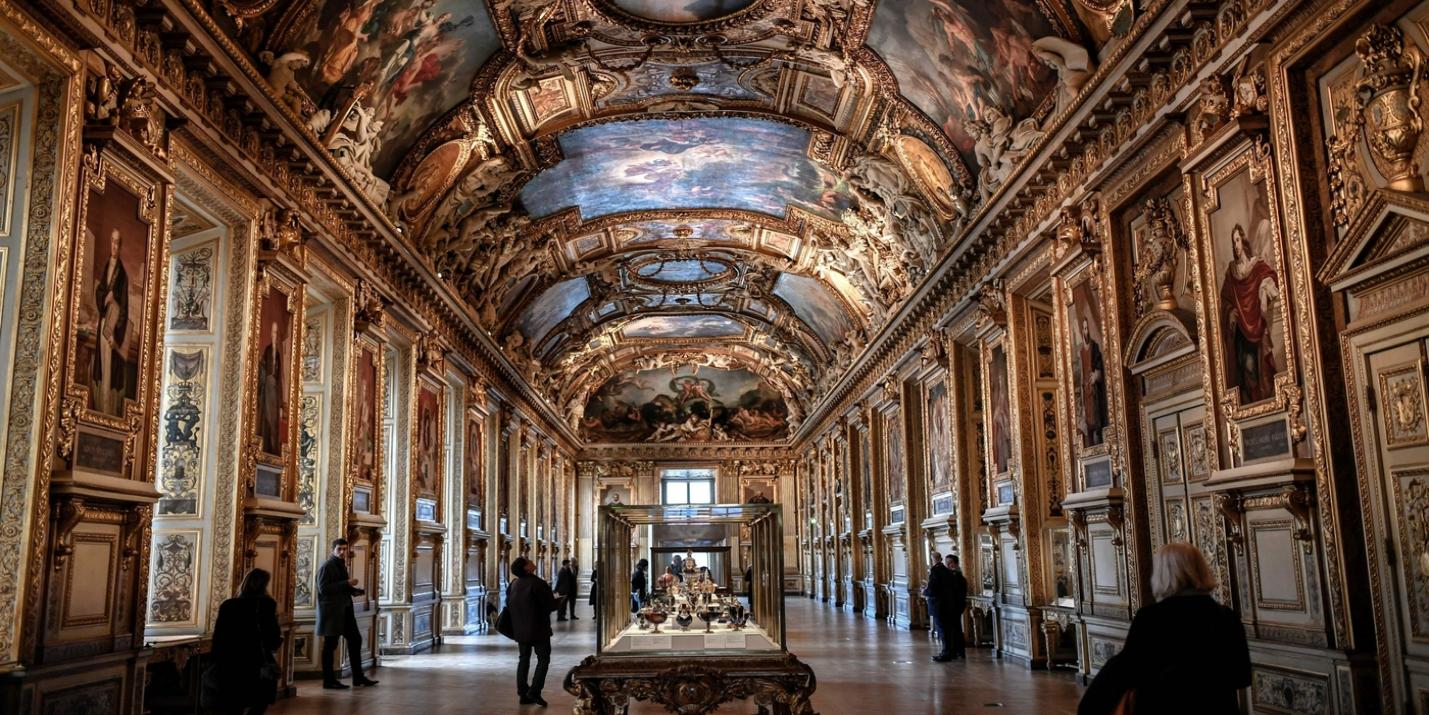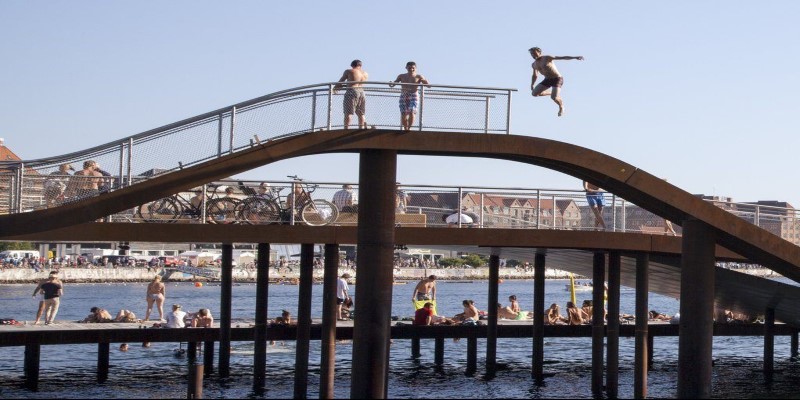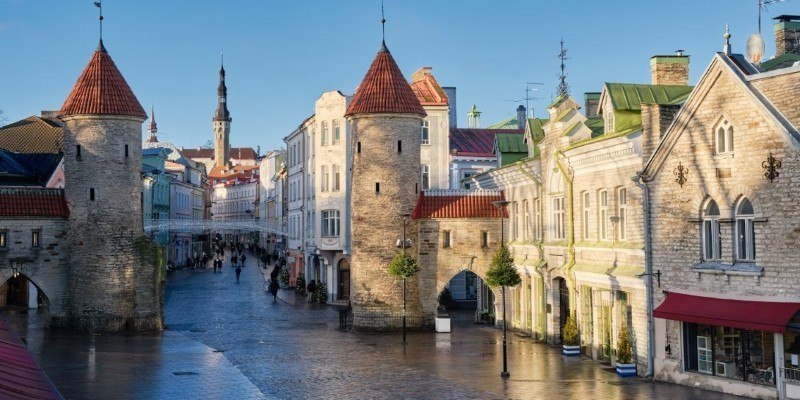There’s a particular kind of hush that settles over you the moment you step into the Louvre. Not silence, exactly—but something quieter than sound. Maybe it’s the scale, maybe the weight of time, or maybe just the sensation that you’re suddenly inside one of the most visited places on Earth, yet still somehow alone with what you’re seeing. The Louvre doesn’t rush you. It waits.
No one "does the Louvre" in a single visit, and you're not supposed to. This isn't a gallery you breeze through. It's a maze that asks you to slow down. With over 35,000 works on display and more than 650,000 in total, it's a place built for wandering—not for checking boxes. Still, there are ways to move through it that help make the experience more thoughtful and less overwhelming.
The Lonely Planet Guide to the Louvre
Step 1: Know Where You’re Starting
The Louvre is more than just a museum—it's a palace. And it still feels like one. From the outside, the glass pyramid is what catches your eye. It divides opinion, but it does its job: pulling the past into the present. That's where most people begin, through the main entrance under the pyramid. But there are quieter options: the Porte des Lions and the Carrousel du Louvre. If the queues to the pyramid become too long, take those instead. Those will bring you to the same art without the traffic bottleneck.

Once you’re inside, pause. Grab a museum map or use the Louvre’s official app if that’s more your thing. The museum is divided into three main wings: Denon, Sully, and Richelieu. Each houses a mix of paintings, sculptures, decorative arts, and archaeological finds. Think of them less like departments and more like neighborhoods. You don’t need to see them all in one go. Pick one or two.
Step 2: Prioritize, Then Let Go of the Plan
There’s nothing wrong with wanting to see the big names. Everyone does. The Mona Lisa. The Winged Victory of Samothrace. The Venus de Milo. And you should. These pieces are famous for a reason, and there’s something oddly grounding about seeing them in real life. The Mona Lisa is in the Denon Wing, and the moment you approach her gallery, you'll know you’re getting close. The crowd thickens, and most phones are already raised. But it’s quieter than you’d expect. People linger, even if they don't get close. The room she's in is worth looking around—Da Vinci isn't the only draw here.
Then there's the Winged Victory. She's at the top of a staircase, hands missing but still majestic. Somehow, it doesn't matter. She leans into the air like she's moments away from stepping off. The Venus de Milo is in a calmer spot in the Sully Wing. Fewer crowds, more time to stand in front of her without feeling watched.
Once you’ve seen what you came for, resist the urge to follow a rigid path. Some of the best things in the Louvre are tucked into corners. Look for the lesser-known works, the ones without the crowd. Sit in front of them. Read their placards, or don’t. Just give yourself the time to look.
Step 3: Use the Architecture as a Guide
It's easy to forget, as you move from gallery to gallery that you're inside a building that's hundreds of years old. The Louvre was once the royal residence of the French monarchy. The layers are still there—you can see the original medieval foundations in the Sully Wing, and the ceilings in the Richelieu Wing hold onto their past with intricate moldings and gold-leaf detail.
Use these elements to navigate. The Denon Wing tends to be the most crowded—it houses the Italian paintings, the French romanticists, and the main draws. If you find yourself overwhelmed, the Richelieu Wing offers more breathing room and just as much to see. The Napoleon III Apartments are in this wing, and they are unlike anything else in the museum. Red velvet, chandeliers, mirrors—you won't need a guidebook to tell you which century you're in.

The Sully Wing is more archaeological. It's quieter, cooler, and good for when you want to slow things down. The Egyptian collection here is extensive, and some of the sarcophagi still hold onto their original pigments. You'll also find the Code of Hammurabi in the same wing, etched into black basalt. It's the kind of object that speaks softly, but once you know what it is, it doesn't leave you.
Step 4: Give Yourself a Break (Literally)
There are places to rest in the Louvre, and you should use them. Not just because you're tired but because looking at art takes more focus than most people realize. You're making sense of color, of history, of unfamiliar faces. After a while, it starts to blur.
Cafés and benches are scattered throughout. The Café Richelieu, near the Napoleon Apartments, is a quieter option with decent coffee. There's a café under the pyramid, too, though it's often busier. If the weather is kind, the courtyards and nearby Tuileries Gardens are a softer reset than a café inside the building. When you re-enter, come from another wing. Starting fresh can make it feel like you haven’t been walking for hours, even if your feet know otherwise.
When the Exit Feels Like a Pause, Not an End
As you leave, through whichever wing staircase or elevator you find yourself on, there's a moment when the Louvre empties behind you. You'll walk into the open square again, the pyramid now glowing under the light if it's evening or standing sharp and clear under the sky if it's not. The hum of the museum fades.
You don’t walk out of the Louvre feeling finished. And maybe that’s the point. You leave wanting to come back—not to cover more ground, but to sit longer with what you missed the first time. There’s a kind of generosity in that. The Louvre doesn’t need you to see all of it. It just wants you to see something well.












